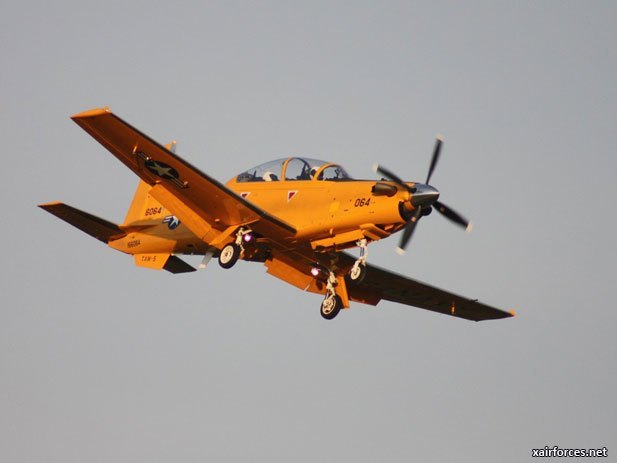
U.S. Army developing new Fixed-Wing Aircraft

The Army is refining an initial capabilities document for a new fixed-wing utility aircraft that is designed to replace more than 112 airframes with a common platform. The new platform should be able to perform a range of key mission sets and services, officials said.
"We manage 73 different series of aircraft and more than 40 different designs," said Col. Brian Tachias, project manager, fixed-wing, Program Executive Office Aviation. "A common cockpit and platform will reduce the amount of resources needed to train pilots and sustain the aircraft. Moving to one common fleet will reduce the manpower needed and allow us to gain efficiencies by reducing the number of contracts."
PM Fixed-Wing, established in October of last year, was stood up to create a central hub to manage the Army's fleet of fixed-wing aircraft. As many as 37 different fixed-wing aircraft programs are now consolidated and centrally managed under the purview of the project office.
"Centrally managing Army fixed-wing aircraft will help to achieve improvements in safety, airworthiness certification, configuration management and aircraft maintenance. We will also gain efficiencies by reducing the number of contracts where it makes sense," Tachias said.
The Army has a current fleet of approximately 377 fixed-wing aircraft spanning a range of functions. Plans to develop a new Fixed-Wing Utility Aircraft emerged out of a fleet-wide Army assessment of fixed-wing aircraft conducted by PM Fixed-Wing and the TRADOC Capability Manager-Lift, Tachias added.
"The Fixed-Wing Utility Aircraft initial capabilities document is now in staffing at the Pentagon," Tachias said. "Once this is finalized, we will start an analysis of alternatives. We are teaming with the Army's aviation schoolhouse and military intelligence schoolhouse to build one common aircraft able to perform a range of functions, such as ISR, utility and transport missions."
The analysis of alternatives will, among other things, examine the costs associated with sustaining older aircraft compared with buying new ones. The new utility aircraft program is designed to address obsolescence issues within the fleet and engineer a common platform for the future.
While specifics related to the acquisition of the new aircraft are still being evaluated, the initial notional plan is to begin procurement in the next program objective memorandum cycle, Tachias explained. With this in mind, the Army has stood up a special Fixed-Wing contracting division at Army Contracting Command, Redstone Arsenal, Ala., in order to consolidate contracts for fixed-wing programs.
Alongside the effort to build a new Fixed-Wing Utility Aircraft, PM Fixedp-Wing will also manage a wide range of Army aircraft, such as the now-in-development Enhanced Medium Altitude Reconnaissance and Surveillance Systems; which are King Air 350 planes engineered with high-tech cameras, sensors, data link and surveillance equipment able to gather and distribute key, combat-relevant information. Four EMARSS aircrafts are slated to deploy to Afghanistan as part of a forward operational assessment.
In addition, PM Fixed-Wing is making progress to procure new UV-18C Twin Otter short takeoff and landing utility aircraft for the Army's prestigious Golden Knights Parachute Team.
PM Fixed-Wing is also teaming up with the Air Force in an effort to acquire four new T-6B Texan II aircraft designed for use in testing with the Army's Test and Evaluation Command. The aircraft will be T6 Hawker Beechcraft two-seater planes configured with mounted cameras and sensing devices designed to measure testing events.
"The Air Force has allowed us to participate in their ACAT 1C program. This is saving the Army money because a lot of their sustainment is already in place," Tachias explained.
Source: WASHINGTON - US Army News - 01 October 2012
Photo: The U.S. Navy T-6 Texan II Trainer Aircraft (Photo by Daniel Compton)
(1.10.2012)
|